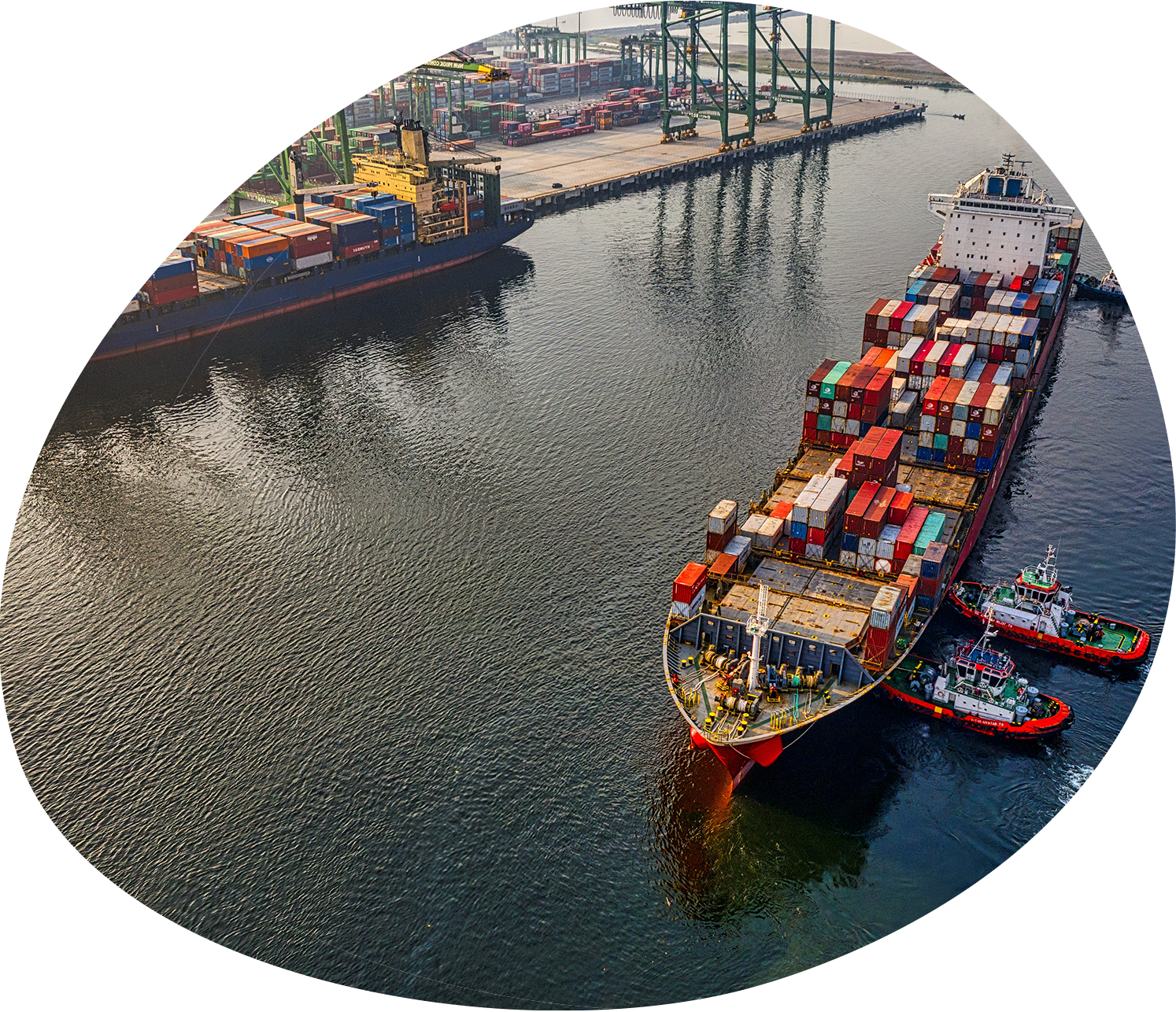Understanding your emissions:
Scope 3


What are Scope 3 emissions?
Scope 3 emissions, as defined by the GHG Protocol, are emissions that an organization is indirectly responsible for along its value chain(s). These can include emissions resulting from sourcing materials, transportation, product use and end-of-life treatment. The six main greenhouse gases are represented by Scope 3: carbon dioxide (CO2), methane (CH4), nitrous oxide (N2O), sulfur hexafluoride (SF6), hydrofluorocarbons (HFCs), and perfluorocarbons (PFCs).
These emissions can be difficult to identify, track, and quantify accurately due to the complex nature of supply chains and the various entities involved. Challenges range from the lack of transparency in some countries to inconsistent reporting standards.
Yet despite their complexity, Scope 3 emissions are a significant, and often overlooked, area of concern for organizations seeking to reduce their greenhouse gas emissions.
What do you need to know to calculate Scope 3 emissions?
Scope 3 emissions are the most challenging to report. However, you can systematically review your organization’s activities and products, and identify which categories best describe them. The GHG Protocol’s Corporate Value Chain Standard, as well as the Scope 3 Calculation Guidance, allows users to account for their Scope 3 emissions in a thorough and straightforward way, using an internationally recognized method and framework.
Listed below are examples of the Scope 3 emissions for which your organization may be responsible.
| Business Travel | Business trips result in emissions that your organization must report under Scope 3. Modes of transportation include planes, trains, taxis, buses etc. |
| Cloud Data Centre Use | Cloud storage is an increasingly significant component of a company’s Scope 3 emissions. Other cloud services will also be accounted for here. |
| Embodied Carbon | The emissions embodied in building materials and purchased products add to your total greenhouse gas emissions under Scope 3. |
| Employee Commuting | Do employees commute to work and back, whether by car, bus, or train? If so, the transportation emissions would fall under your organization’s Scope 3. |
| Investments & Financing | For some companies, investments and financing are major contributors to their Scope 3 emissions. Keeping track of and managing these activities and projects will ensure that reporting is efficient and transparent. |
| Leased Assets | Emissions resulting from leased assets, and not already covered by Scope 1 and 2, are included under Scope 3 emissions. These can be upstream or downstream the value chain. |
| Outsourced Services | Outsourced services, from cleaning to security, are a part of your organization’s carbon footprint. |
| Transportation & Distribution | The transportation and distribution of goods are two key factors of Scope 3 emissions. This includes all steps along the value chain, from transporting materials for production, to the final distribution of products. |
| Use of Products Sold and End of Life | The lifecycle of your products plays a part in your total greenhouse gas emissions. It can be difficult to account for products’ end of life, as a company has little control after purchase. |
| Water and Waste | Water consumption and waste generation both contribute to greenhouse gas emissions. Understanding your organization’s water use and waste management is instrumental in accounting for total Scope 3 emissions. |
What are the benefits of accounting for Scope 3 emissions?
The GHG Protocol recognizes several benefits of accounting for Scope 3 emissions. These include but are not limited to:
Cost savings
Operational efficiency
Customer loyalty
Stakeholder relation improvements
Sale increases
How do you reduce Scope 3 emissions?
Scope 3 emissions should be a central part of your greenhouse gas reduction plan. Once you have identified your organization’s scope 3 emissions, you can start reducing them.
While organizations don’t have direct control over their scope 3 emissions, they can select suppliers and contractors based on their energy efficiency and sustainability performance. They can also adopt sustainable production methods to promote environmental practices that reduce their carbon footprint and impact on the planet.
Organizations can also implement schemes, such as cycling to work or carpooling, to reduce employee commuting emissions. They can also avoid long distance business travel through setting up online meetings and conferences, or choosing local venues for large, in-person events.
Collaborating with stakeholders, and emphasizing the importance of low-impact operations is another way to take steps towards decarbonization.
